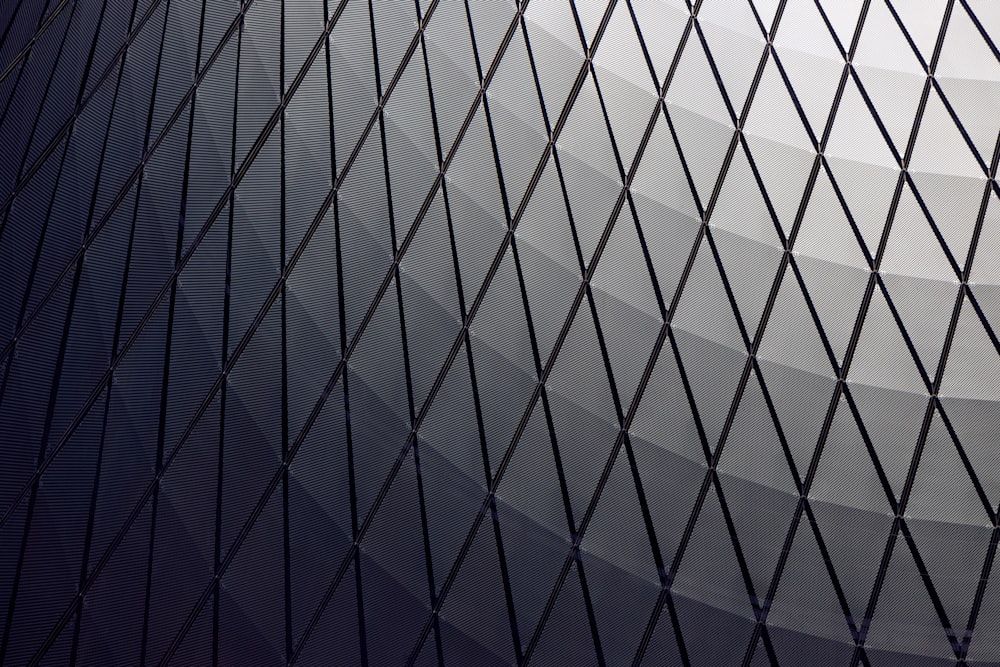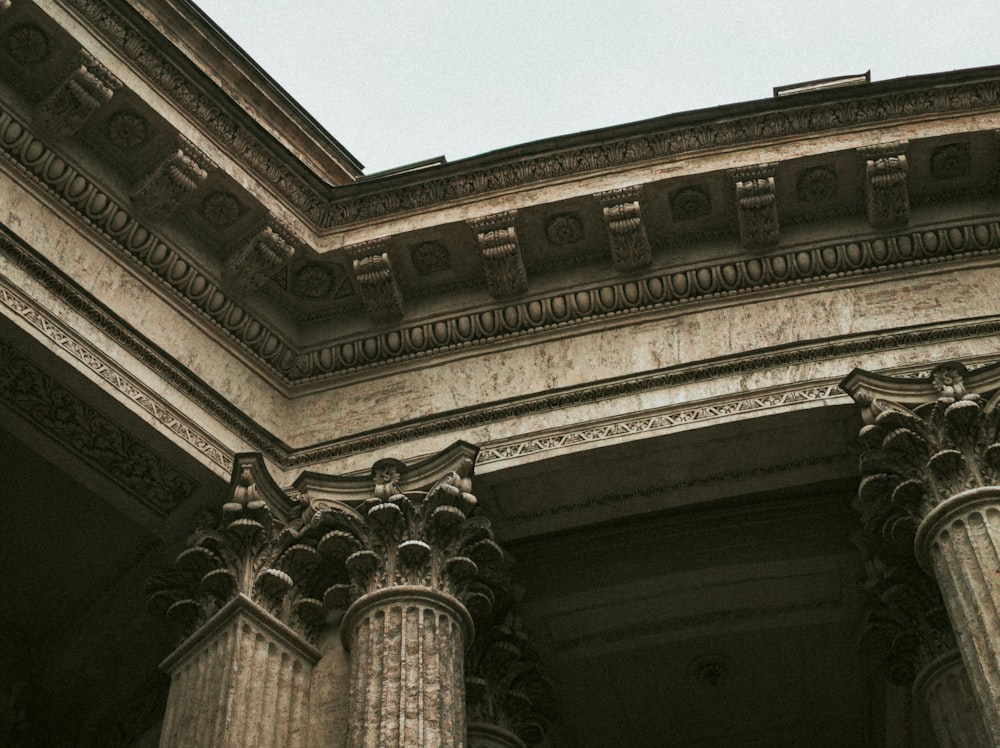Tudor Revival Modern Interpretations of a Classic Style
Sub Heading: Tudor Revival – A Timeless Architectural Style The Tudor Revival style, inspired by…

Sub Heading: Tudor Revival – A Timeless Architectural Style
The Tudor Revival style, inspired by the architecture of medieval England, has long been celebrated for its charm and character. In recent years, modern interpretations of this classic style have emerged, blending the traditional elements of Tudor architecture with contemporary design sensibilities. These modern Tudor homes offer a fresh take on a beloved style, combining old-world elegance with the comforts and conveniences of modern living.
Sub Heading: The Essence of Tudor Revival
At the heart of Tudor Revival architecture are its distinctive features, which often include steeply pitched roofs, decorative half-timbering, and picturesque casement windows. These elements harken back to the Tudor period in England, evoking a sense of history and heritage. Modern interpretations of Tudor homes retain these signature features but reinterpret them in a way that feels fresh and relevant for today’s homeowners.
Sub Heading: Blending Old and New
One of the key aspects of modern Tudor homes is the seamless blend of old and new. While traditional Tudor elements are prominent, they are often juxtaposed with contemporary design elements. For example, a classic steeply pitched roof may be paired with sleek, minimalist siding materials. The result is a home that pays homage to its Tudor roots while also embracing modern aesthetics.
Sub Heading: Modern Interiors with Tudor Flair
Inside modern Tudor homes, the interiors often reflect a similar blend of old and new. Exposed wooden beams, stone fireplaces, and leaded glass windows nod to Tudor architecture, creating a sense of warmth and character. However, these traditional elements are balanced with modern amenities such as open floor plans, state-of-the-art kitchens, and luxurious bathrooms. The result is a space that is both cozy and contemporary.
Sub Heading: Embracing Nature with Tudor Gardens
In keeping with the Tudor tradition of connecting with nature, modern Tudor homes often feature beautifully landscaped gardens. These outdoor spaces are designed to evoke the charm and romance of an English cottage garden, with lush greenery, colorful flowers, and meandering pathways. Patios and outdoor seating areas provide inviting spots for enjoying the natural surroundings, creating a peaceful retreat right at home.
Sub Heading: Tudor Revival Colors and Materials
Traditional Tudor homes are known for their rich color palettes, often featuring earthy tones such as browns, greens, and warm neutrals. In modern interpretations, these colors are still prevalent but may be used in more subtle ways. Dark wood accents, stone facades, and brick detailing add texture and depth to the exterior, while lighter hues create a sense of airiness inside. Modern materials such as fiber cement siding and metal roofing also update the look of Tudor homes for the 21st century.
Sub Heading: Flexibility in Design
One of the advantages of modern Tudor homes is their flexibility in design. While traditional Tudor homes tend to be more formal and ornate, modern interpretations can vary widely in style. Some may lean towards a more minimalist and streamlined look, with clean lines and a monochromatic color scheme. Others may embrace a more eclectic approach, mixing traditional Tudor elements with bold colors and contemporary furnishings. This versatility allows homeowners to tailor their modern Tudor home to their own personal tastes and preferences.
Sub Heading: Energy Efficiency and Sustainability
In addition to their aesthetic appeal, modern Tudor homes also prioritize energy efficiency and sustainability. Features such as energy-efficient windows, high-quality insulation, and solar panels help reduce energy consumption and lower utility costs. Sustainable materials, such as reclaimed wood and recycled materials, are often used in construction, reducing the home’s environmental impact. These eco-friendly features not only benefit the environment but also create a healthier and more comfortable living space for occupants.
Sub Heading: Modern Tudor Neighborhoods
In some communities, modern Tudor homes are part of planned neighborhoods that embrace the Tudor Revival style as a cohesive theme. These neighborhoods feature tree-lined streets, communal green spaces, and shared amenities, creating a sense of community and camaraderie among residents. Modern Tudor homes in these neighborhoods often feature similar design elements, creating a harmonious and visually appealing streetscape.
Sub Heading: The Enduring Appeal of Modern Tudor Homes
In conclusion, modern interpretations of Tudor Revival homes offer a compelling blend of history, charm, and contemporary living. By honoring the architectural traditions of the past while embracing modern design sensibilities, these homes create a unique and inviting living space. Whether nestled in a historic neighborhood or standing as a modern interpretation in a new development, modern Tudor homes continue to captivate homeowners with their timeless appeal and enduring elegance. Read more about modern tudor








